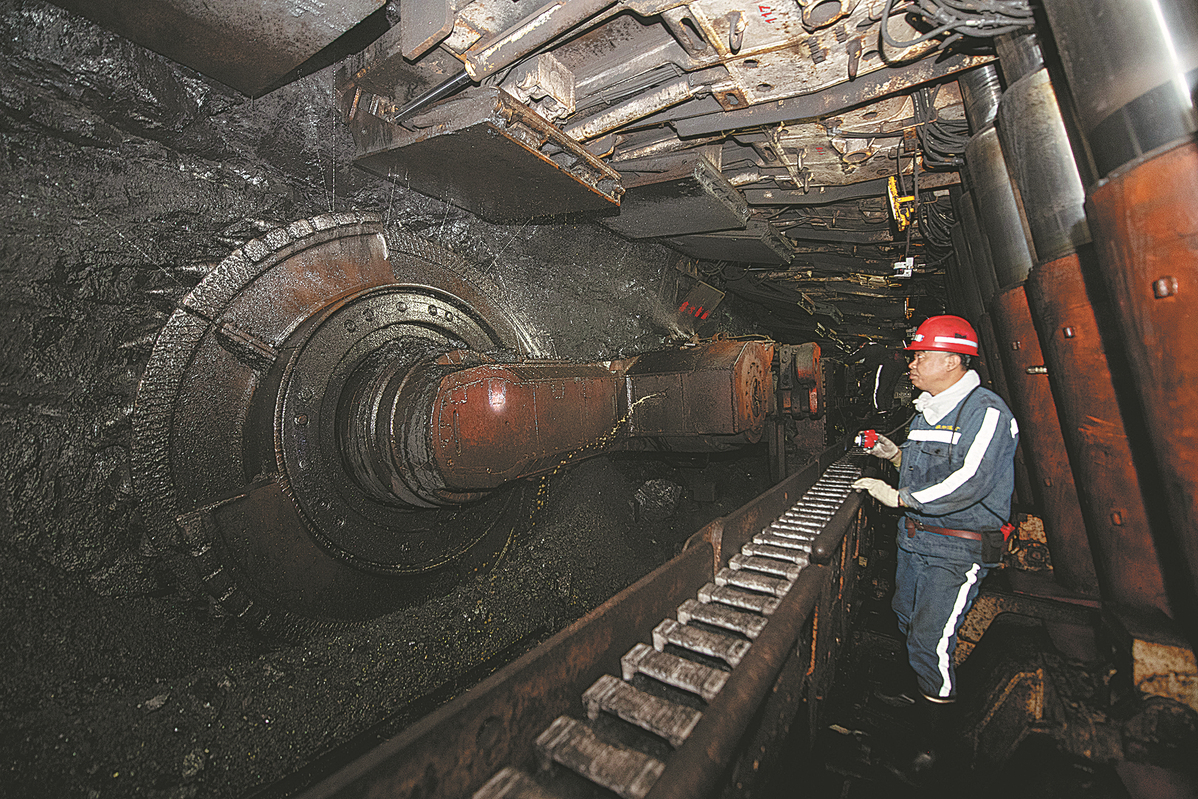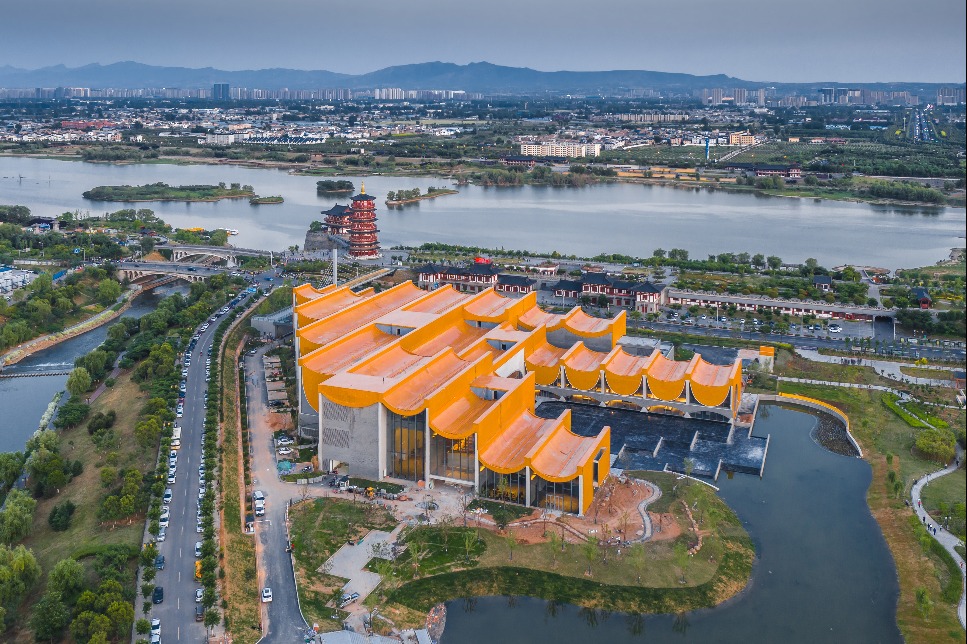Guideline reinforces mine safety measures
By LI LEI | China Daily | Updated: 2023-09-19 10:01

Vetting of new projects strengthened, use of robots suggested for risky tasks
China is seeking to revamp its accident-prone mining sector with a set of new rules, which include strengthening the vetting of new projects, using robots for risky tasks and better monitoring for geological disasters.
Officials said the new rules are part of a broader effort by central authorities to make the mining sector safer and more efficient, and are crucial to helping authorities transition to a more preventive approach to mining accidents.
On Sept 6, the general offices of the Communist Party of China Central Committee and the State Council, China's Cabinet, published a guideline on improving mining safety.
The rules banned smaller coal mines, which usually neglect safety protocols to control costs, and demanded operations in geographically complex regions use unmanned technologies.
The guideline reinforced screening for non-coal mine projects, whose operations are generally considered less dangerous than their coal counterparts, which can be subject to gas explosions. It required their safety to be vetted by provincial or higher-level watchdogs and cannot be delegated.
Local authorities need to fast-track efforts to mechanize operations in smaller mines or those prone to natural disasters, and upgrade larger operations to achieve automation and smart mining, the rules said, adding that underground mines must be equipped with systems to pinpoint miners' positions and enable communications, and to ensure ventilation and water supply in case of an accident.
The rules called for investment in safe mining technologies, such as digital mining systems, smart equipment and robots, and pledged to set up a national key lab to aid progress on that front.
Monitoring for disastrous weather conditions must be improved, and operations must be suspended for extreme weather, the guideline said.
Zhang Xin, deputy head of the National Mine Safety Administration, said the seven-part guideline is problem-oriented, and aims to address the root cause of the sector's thorniest problems.
"Safety of mine production is crucial because it is closely related to the safety of people's lives and property, economic development and social stability. It is the most important field to advance overall safety production," he told a news conference in Beijing on Monday.
Coal mines still play a large part in securing China's energy supply despite the rapid expansion of renewable energy projects.
Last year, coal accounted for 56.2 percent of China's energy consumption, and coal consumption increased 4.3 percent year-on-year, according to the National Bureau of Statistics.
Despite safety in coal mining improving in recent years, it remains one of the country's most dangerous professions.
Last year, the death toll from mining accidents was 518, according to data from the National Mine Safety Administration, considerably lower than the number in previous years.
During the five-year period ending in 2017, an average of 1,300 workers died in mining accidents each year, according to the National Mining Safety Work Conference held in Beijing early this year. Most of the deaths were attributed to failures in following safety protocols, including ventilation requirements.
The decline in mining-related casualties coincides with more technological input.
While addressing the news conference, Xue Jianguang, who oversees technology and equipment affairs at the National Mine Safety Administration, announced that a monitoring and early warning system for coal-mine safety risks — such as gas, fire, water hazards and dynamic ground pressure — has been established in China.
The network links coal mining enterprises, local regulatory and supervisory departments, and national supervisory authorities with analyses data from 600,000 sensors nationwide and 39,000 surveillance cameras, and tracks the real-time conditions of 800,000 underground miners.
"It can effectively monitor excessive and abnormal fluctuations of gas and carbon monoxide concentrations, as well as abnormalities in underground work and electricity usage," he said.
It can also provide analysis and warnings for mining companies facing threats from extreme weather conditions such as typhoons and heavy rainfall, Xue added.
























